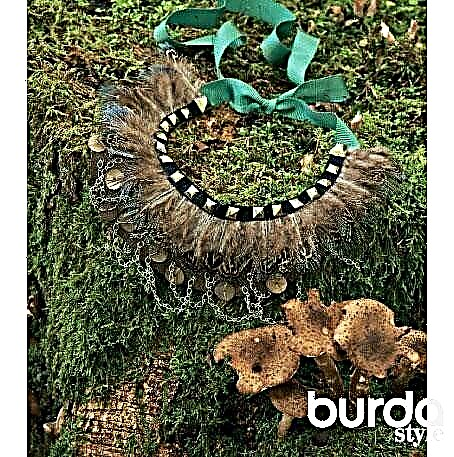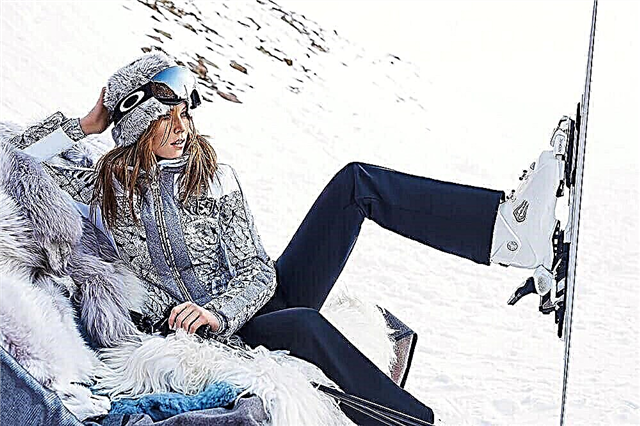From cambric and chiffon to bortovka and drape - a density table that will help in choosing materials.

On the label or in the description of materials in online or offline fabric stores, you can often see the parameter labeled "g / m²", for example, 100 g / m² or 240 g / m². So is indicated the so-called surface density of the fabric - namely, the weight of one square meter of material.

Knowing this parameter can help you choose the fabric for a particular product or to understand what can be sewn from purchased material. It is especially useful to know the density of the material when buying fabric online. After all, choosing a fabric in an offline store, we can assess the weight and density by examining and feeling it, and online purchase does not give such an opportunity.

The table below shows the popular materials and their average density in grams per square meter. It is clear that the modern assortment of materials is huge and deviations from average values are possible, but in general, the table will help to navigate the subject.
| Raw materials | Density, g / m² | Type of matter, purpose |
| Cotton, cotton with additives | 30−36 | gauze |
| 55−70 | batiste | |
| 65−122 | percale | |
| 80−100 | chintz | |
| 70−150 | poplin | |
| 110−150 | calico | |
| from 130 | satin | |
| 135−140 | satin jacquard | |
| about 160 | flannel | |
| 185−260 | twill | |
| 200−500 | cotton terry | |
| 240−400 | denim, pile fabrics such as velvet, velveteen | |
| 300−900 | very dense materials, e.g. decorative upholstery | |
| 480 and above | technical fabrics, e.g. tarpaulin | |
| Silk | 25−40 | crepe chiffon |
| 40−60 | silk muslin / chiffon | |
| 80−90 | silk / satin silk | |
| about 110 | taffeta | |
| 135−140 | muslin | |
| 180−200 | crepe de chine | |
| 230−240 | satin crepe | |
| about 240 | atlas | |
| 200−300 | silk velvet | |
| Wool, wool with additives | about 140 | thin, light dress fabrics |
| 290−310 | dress and costume fabrics | |
| 220−420 | costume fabrics | |
| 220−350 | wool velor | |
| 300−400 | cloth | |
| 530−550 | thick suit and thin coat | |
| up to 700 | coat fabrics | |
| 450−760 | different types of drapes | |
| Flax, flax with additives | 100−155 | for blouses, light dresses |
| 150−290 | for dresses, suits | |
| 200−300 | linen for towels | |
| 190−360 | crinoline | |
| Rayon, viscose with additives | 70−140, up to 160 | lining viscose |
| 160−260 | viscose knitwear | |
| about 200 | blouse, shirt, light dressing viscose | |
| Polyester | 130−340 | fleece |
| Knitwear: cotton, cotton + additives | 145−180 | cooking surface |
| 160−180 | capitone | |
| 160−260 | interlock | |
| 170−350 | ribana | |
| 180−260 | knitwear pique | |
| 180−330 | footer | |
| 200−280 | terry knitwear |
How to buy fabrics on the Internet
9 ways to determine the front and back side of the fabric
Alphabetical Fabrics
Knitted fabrics. Their types and features
Photo: facilityexecutive.com, kingtextilesllc.com



